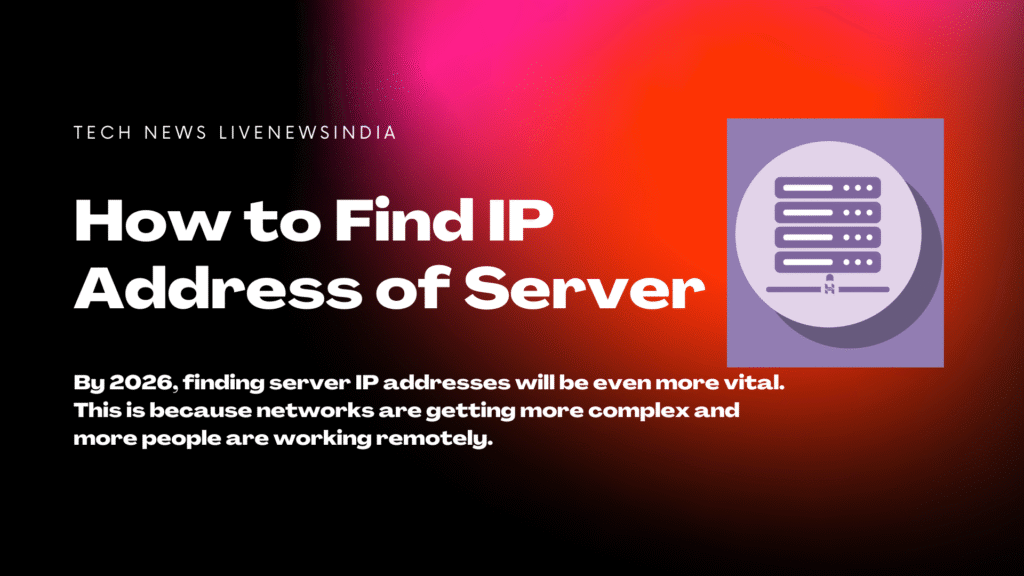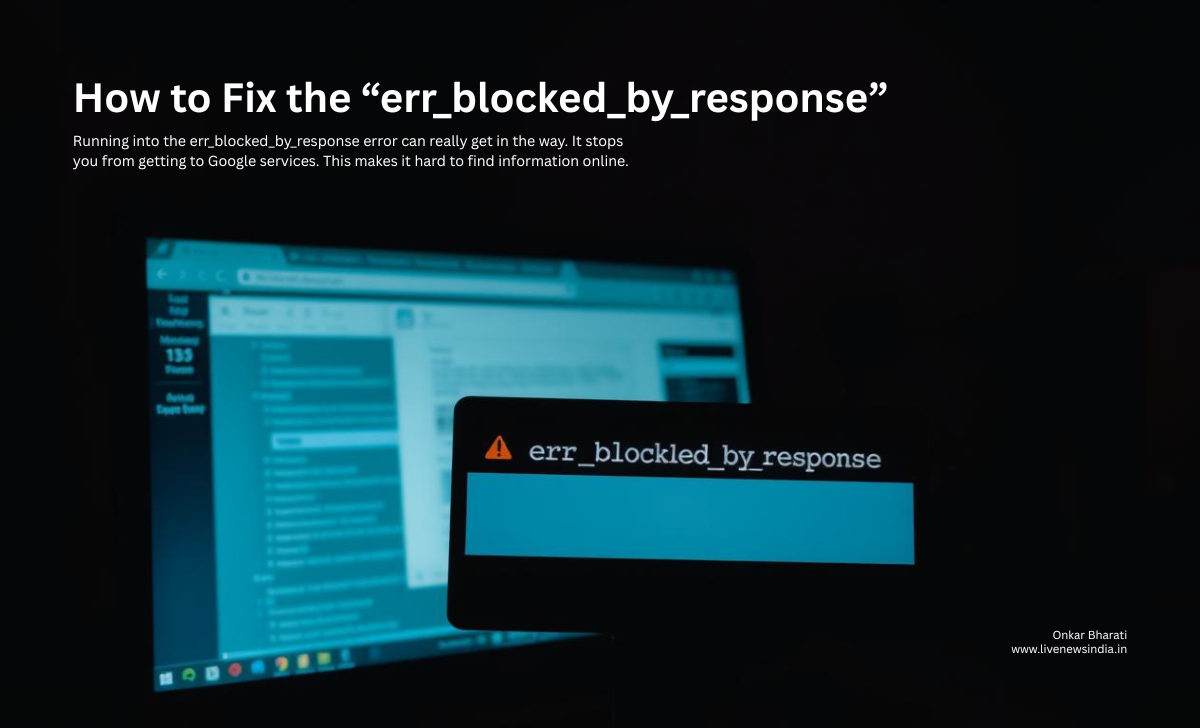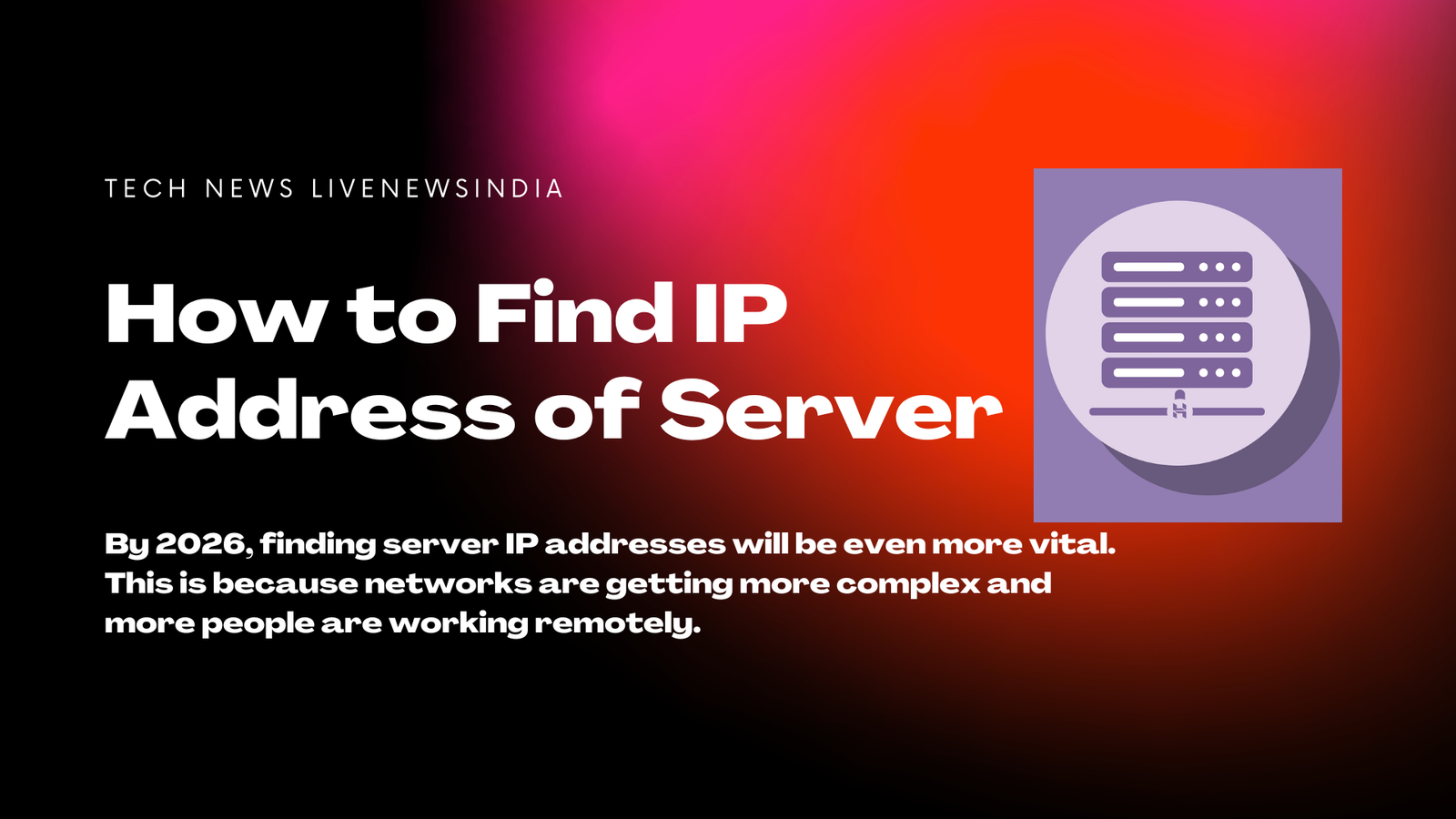How to Find IP Address of Server :
In today’s digital world, knowing how to find the IP address of a server is key. It’s important for setting up networks, fixing problems, and checking security.
By 2026, finding server IP addresses will be even more vital. This is because networks are getting more complex and more people are working remotely.

To set up networks, make remote connections, or do diagnostic checks, you need the server’s IP address.
Point To Be Noted In This Article
- Understanding the basics of IP addresses and their role in server identification.
- Methods to find the IP address of a server in different operating systems.
- Tools and commands used for IP address discovery.
- Security considerations when exposing server IP addresses.
- Best practices for managing and documenting server IP addresses.
Understanding Server IP Addresses in 2026
Knowing about IP addresses is key for server admins. It’s a basic step towards learning more about server management.
What Is an IP Address and Why It Matters
An IP address is a special number for devices on a network. It lets them talk to each other. IP addresses are key for online talks, and setting them up right is important for a safe network.
Public vs Private IP Addresses
IP addresses are either public or private. Public IP addresses are seen on the internet. Private IP addresses are for local networks and can’t be seen from the internet.
Static vs Dynamic IP Addresses
Static IP addresses never change, making them good for servers. Dynamic IP addresses change, often for devices to save IP space.
IPv4 vs IPv6 in 2026: What You Need to Know
The move from IPv4 to IPv6 is happening because we need more addresses. IPv6 has a huge address space, making it key for the future.
The Complete Transition to IPv6
Even though IPv4 is common, we’re moving to IPv6 for its better features and more addresses. This change is important for more devices online.
Dual-Stack Implementations
Many networks use dual-stack configurations to ease the switch. They run both IPv4 and IPv6 at the same time. This lets them talk to both old and new devices.
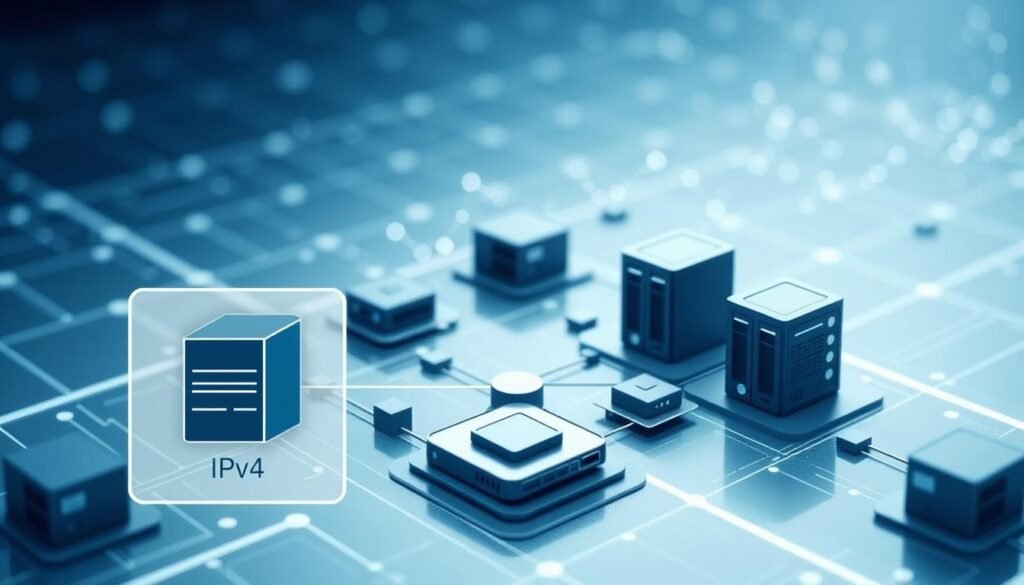
Getting these IP address basics is essential for server management in 2026. It prepares you for the complex world of IP address management.
How to Find IP Address of Server 2026 : Basic Methods
Finding a server’s IP address is easy with a few simple steps. You can use command line tools or network configuration panels to do this.
Using Command Line Tools
Command line tools are great for finding your server's IP address. They are quick and work on many operating systems.Universal Commands That Work Across Platforms
Commands like ping and hostname -I are recognized everywhere. They help you get your server's IP address.Interpreting Command Line Output
Running these commands shows your server's IP address. It's important to know how to read this output to find the right IP address.Using Network Configuration Panels
Network configuration panels are good for those who like a graphical interface. They make it easy to find and manage your server's IP address.Modern GUI Tools in 2026
Today’s GUI tools are designed to be easy to use. They help you find and set up IP addresses with features like scanning and diagnostics.
AI-Assisted Network Configuration
Some tools now use AI to suggest the best IP settings for your network. This makes setting up your network easier.

Finding Server IP Address in Windows Environments
Finding your server’s IP address in Windows is easy once you know how. Windows has tools and commands to help you find your server’s IP address.
Using Command Prompt
The Command Prompt is great for finding your server's IP address. You can use commands like ipconfig, ping, and tracert. The ipconfig command is very useful because it shows your network adapters' IP settings.Advanced Command Parameters
For more detailed info, use advanced ipconfig parameters. For example, ipconfig /all gives a detailed list of your network adapters' settings.Batch Scripts for IP Discovery
You can also make batch scripts to find IP addresses on many servers. This is very helpful for network admins with big networks.Using PowerShell Commands
PowerShell is another strong tool in Windows for finding your server's IP address. You can use cmdlets like Get-NetIPConfiguration to get IP details.PowerShell 10.0 Network Cmdlets
PowerShell 10.0 has new network cmdlets for better network management. These cmdlets help discover and manage IP addresses.Automating IP Discovery with PowerShell
PowerShell is great for automating tasks. You can write scripts to automatically find IP addresses on your network.
Windows Server 2026 Specific Methods
Windows Server 2026 has new features for managing IP addresses. The Windows Admin Center is a key tool for managing your servers.
Windows Admin Center Updates
The Windows Admin Center in Windows Server 2026 has updates for easier IP management. You can use it to see and change IP addresses.
Server Manager IP Configuration Tools
Server Manager also helps manage IP configurations. It gives a detailed view of your server’s network settings.
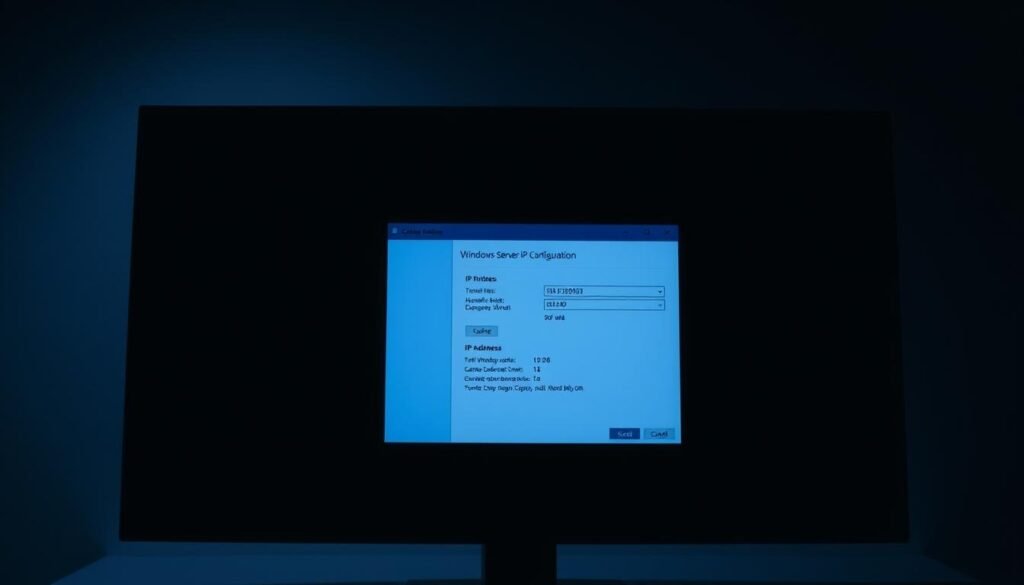
The table below shows the methods for finding IP addresses in Windows environments:
| Method | Description | Tools/Commands |
| Command Prompt | Using commands to display IP configuration | ipconfig, ping, tracert |
| PowerShell | Utilizing PowerShell cmdlets for IP discovery | Get-NetIPConfiguration |
| Windows Server 2026 Tools | Leveraging Windows Admin Center and Server Manager | Windows Admin Center, Server Manager |

How to Find IP Address of Server in Linux/Unix Servers
Finding the IP address of a Linux/Unix server is key for system admins. You can do this with terminal commands, system files, or cloud services.
Terminal Commands
Several terminal commands can help find a server's IP address. ifconfig, ip addr, and hostname are common ones. They show network interface details.Modern Linux Network Commands
In newer Linux, ip is the go-to for network management. Use ip addr show for detailed network info.Command Aliases and Shortcuts
Creating aliases makes commands easier. For example, ip addr show can be an alias like ipshow.Using System Files
System files also help find IP addresses. The file locations depend on the Linux version.Configuration File Locations in Popular Distributions
In many Linux, network files are in /etc/network or /etc/sysconfig/network-scripts. These files have IP address settings.Parsing Network Configuration Files
Commands like grep can parse these files. For instance, grep -r "IPADDR" /etc/sysconfig/network-scripts/ finds IP address files.Cloud-Based Linux Server IP Discovery
In the cloud, you can find your server’s IP with cloud-init and metadata services.
Cloud-Init and Metadata Services
Cloud-init configures cloud instances at boot. It can get the IP address and network settings.
API-Based IP Discovery
Cloud providers offer APIs for server IP retrieval. These APIs help automate IP discovery.
| Method | Description | Example |
| Terminal Commands | Using commands like ifconfig or ip addr | ip addr show |
| System Files | Inspecting network configuration files | grep -r “IPADDR” /etc/sysconfig/network-scripts/ |
| Cloud-Based | Using cloud-init or cloud provider APIs | cloud-init query ds |
How to Find IP Address of Server in macOS Server Environments
Admins of macOS servers often need to find IP addresses for troubleshooting. This is true for both local and remote servers. Knowing how to find an IP address is key. We’ll look at how to do this in macOS server settings.
Using Terminal Commands
Terminal commands are a fast way to find IP addresses on macOS servers. Certain commands can quickly give you the IP address you need.macOS-Specific Network Commands
Use ifconfig or ipconfig to find an IP address. For example, ifconfig in the terminal shows network details, including the IP address.Scripting IP Discovery on macOS
For automating IP discovery, use bash or Python. This is handy for big environments.Through System Preferences
You can also find IP addresses through System Preferences. This is easier for those not used to the command line.Network Preference Pane Updates
In System Preferences, go to the Network pane. Here, you can see and change network settings, including the IP address. Choose the active network interface to see its IP.macOS Server App Alternatives
Even though the macOS Server app is no longer supported, you can manage your server with other tools. These are available in newer macOS versions.| Method | Description |
| Using Terminal Commands | Utilize commands like ifconfig to retrieve IP address information. |
| Through System Preferences | Navigate to the Network pane in System Preferences to view the IP address. |
| Scripting IP Discovery | Use scripting tools to automate the IP discovery process. |
Cloud Server IP Address Location Methods
When you move your stuff to the cloud, finding your server’s IP address is key. Cloud providers have different ways to manage and find IP addresses. We’ll look at these methods on big platforms.
AWS Server IP Address Discovery
AWS has several ways to find your EC2 instance's IP address. You can use the EC2 Instance Metadata Service or AWS CLI and SDK methods.EC2 Instance Metadata Service
The EC2 Instance Metadata Service lets you get your instance's info, like its IP address, from inside the instance.AWS CLI and SDK Methods
With the AWS CLI, you can get instance details with commands like aws ec2 describe-instances. SDKs for different programming languages do the same thing.Microsoft Azure IP Configuration
Azure makes it easy to find IP addresses for your virtual machines. You can do this through the Azure Portal and CLI/PowerShell tools.Azure Portal IP Address Location
In the Azure Portal, going to your VM's details shows its IP setup. This includes public and private IP addresses.Azure CLI and PowerShell Methods
Azure CLI commands like az vm show and PowerShell cmdlets like Get-AzNetworkInterface give you network info.Google Cloud Platform IP Management
GCP has the GCP Console and gcloud command-line tools for managing and finding IP addresses for your instances.
GCP Console IP Address Lookup
The GCP Console lets you see instance details, including IP addresses, right in the web interface.
gcloud Command-Line Tools
With the gcloud compute instances describe command, you can get detailed info about your instances, including their IP addresses.
| Cloud Provider | Method | Description |
| AWS | EC2 Instance Metadata Service | Retrieve IP address from within the instance |
| Azure | Azure Portal | View IP configuration in the portal |
| GCP | gcloud CLI | Use gcloud compute instances describe to get IP details |
How to Find IP Address of Server for Virtual Servers
Virtual servers make it harder to find their IP addresses. As more companies use virtualization, knowing how to find these addresses is key.
VMware Environment
In VMware, you can find a virtual server’s IP address through the vSphere Client or ESXi host command line.
vSphere Client IP Address Discovery
To find an IP address with the vSphere Client, go to the virtual machine's summary tab. The IP address will show if VMware Tools are set up right.ESXi Host Command Line Methods
For ESXi host, use SSH to log in. Then, use commands like esxcli network vm list to find virtual machine IP addresses.Hyper-V Configuration
Hyper-V virtual servers can be found using Hyper-V Manager or PowerShell.Hyper-V Manager IP Address Location
In Hyper-V Manager, connect to the virtual machine. Then, check its network settings to find the IP address.PowerShell for Hyper-V IP Discovery
PowerShell lets you run Get-VMNetworkAdapter to get Hyper-V virtual machine IP addresses.Containerized Environments
Containerized environments like Docker and Kubernetes have unique ways to find IP addresses.
Docker Container IP Address Discovery
For Docker containers, use the docker inspect command to find a container’s IP address.
Kubernetes Pod IP Address Location
In Kubernetes, kubectl get pod with -o wide shows pod IP addresses.
Knowing these methods is vital for managing and fixing virtual servers and containerized environments.
How to Find IP Address of Server Using DNS and Network Tools
Looking for a server’s IP address can be easier with DNS and network tools. You can use DNS lookup, network scanning tools, and web-based services to find server IPs.
DNS Lookup Methods
DNS lookup is key for finding a server's IP. It queries DNS servers to turn domain names into IP addresses.Modern DNS Query Tools
Tools like dig and nslookup give detailed DNS records. They help find a server's IP address.Reverse DNS Lookups
Reverse DNS lookups let you find a domain name from an IP address. This is useful for checking server identities.Network Scanning Tools
Network scanning tools help find devices on a network. They can also find server IPs.
Advanced Network Scanners in 2026
Nmap and other advanced scanners offer deep network exploration and security checks.
Automated Network Mapping
Tools for automated network mapping create visual network layouts. This makes finding server IPs easier.
Web-Based IP Lookup Services
Web-based IP lookup services make finding IP addresses simple. You don’t need technical skills.
API-Based IP Resolution Services
API-based services let developers add IP lookup to apps. This is useful for many applications.
Integrated Network Management Platforms
Integrated platforms offer full network monitoring and IP management. They are great for managing networks.
Troubleshooting IP Address Issues
Fixing IP address problems is key for smooth server and network work. Issues can cause connection problems, stop services, and slow down networks.
Common IP Configuration Problems
IP problems often come from wrong settings or mistakes. Two big issues are DHCP not working and subnet mask errors.
DHCP Assignment Failures
When a device can’t get an IP from the DHCP server, it’s a big problem. This might be because of server mistakes, too much network traffic, or device issues.
Subnet Mask Configuration Errors
Wrong subnet masks can block device communication. It’s very important to set the subnet mask right for the network to work well.
Resolving IP Conflicts
IP conflicts happen when two devices share the same IP address. Fixing these is key to get the network working again.
Automated Conflict Resolution Tools
Some tools can find and fix IP conflicts automatically. They make the job easier and cut down on downtime.
Manual IP Conflict Troubleshooting
Without tools, you have to find and fix conflicts yourself. This means finding the problem devices and changing their IP addresses.
| Method | Description | Advantages |
| Automated Tools | Use software to detect and resolve IP conflicts | Quick, reduces manual effort |
| Manual Troubleshooting | Identify and resolve conflicts manually | Provides detailed control, useful for complex networks |
When Your Server Has Multiple IP Addresses
Servers with many IP addresses need special setup to work right.
Multi-Homed Server Configuration
A multi-homed server has many network interfaces, each with its own IP. Setting these up correctly is essential for the server’s function.
Virtual IP Addresses and Load Balancing
Virtual IP addresses help spread traffic across servers. Right setup is key for smooth traffic flow and high server availability.
Good IP troubleshooting keeps networks stable and safe. Knowing how to handle IP problems, conflicts, and multiple addresses helps admins keep servers running smoothly.
Security Considerations When Working with Server IPs
Managing servers involves keeping your IP address safe. This is key to stopping unauthorized access and threats.
IP Address Protection Best Practices
There are several ways to protect your server’s IP address. First, learn about IP address obfuscation techniques. These methods hide your server’s IP, making it hard for hackers to find.
IP Address Obfuscation Techniques
Using IP masquerading or a VPN can boost your server’s security. By hiding your IP, you protect it from threats.
Firewall and Access Control Configuration
Setting up your firewall and access controls is also important. Limiting who can access your server and controlling traffic helps prevent unauthorized access. Make sure your firewall rules are strict and updated often.
Monitoring IP Address Access and Activity
It’s important to keep an eye on who’s accessing your server’s IP address. Use advanced IP traffic analysis tools to track traffic.
Advanced IP Traffic Analysis Tools
Tools like Wireshark or Tcpdump can analyze IP traffic. They help spot suspicious activity and threats, so you can act fast.
Threat Detection Based on IP Behavior
Watching IP behavior helps find threats. By looking at traffic patterns, you can catch and stop threats early.
Note That
Knowing how to find your server’s IP address is key in today’s network world. This guide has shown you how to do this on different systems and in the cloud.
There are many ways to find your server’s IP. You can use command-line tools, network settings, or cloud interfaces. It doesn’t matter if you’re using Windows, Linux, or macOS, or if you’re managing virtual servers and cloud instances. Knowing how to find and manage server IPs is vital for keeping your network safe and running smoothly.
As you work with server IPs, always follow the best practices for protecting and monitoring them. Check your server’s IP settings often and keep up with new IP management methods. This will help you avoid problems and keep your server safe from threats.
Learning how to find and manage server IPs will make you better at network administration. You’ll be able to keep your server infrastructure reliable and secure.
FAQ
What is the easiest way to find the IP address of a server?
Use command line tools like `ipconfig` on Windows or `ip addr` on Linux. They help find your server’s IP address.
How do I find the IP address of a remote server?
Use DNS lookup or network scanning tools to find a remote server’s IP. Check the server’s config files or cloud provider tools for cloud servers.
Can I find the IP address of a server using its hostname?
Yes, DNS lookup tools can convert a hostname to its IP address.
What is the difference between a public and private IP address?
Public IP addresses are internet-accessible. Private IP addresses are for local networks and not internet-accessible.
How do I find the IP address of a virtual server in a VMware environment?
Use the vSphere Client to find a virtual server’s IP in VMware.
What is the best way to manage multiple IP addresses on a single server?
Use virtual IP addresses and load balancing to manage multiple IP addresses on one server.
How can I protect my server’s IP address from being discovered by unauthorized parties?
Use IP address obfuscation, configure firewalls, and implement access controls to protect your server’s IP.
What are some common issues that can occur when configuring IP addresses on a server?
Issues include DHCP failures, subnet mask errors, and IP conflicts. Use tools and techniques to troubleshoot these problems.
How do I find the IP address of a containerized application?
Docker or Kubernetes tools can help find a containerized application’s IP address.
Can I use PowerShell to find the IP address of a server?
Yes, PowerShell cmdlets can find a server’s IP, mainly in Windows environments.
What is the role of DNS in finding server IP addresses?
DNS is key in resolving hostnames to IP addresses. It makes finding a server’s IP easier.
I thought you’d like this information. If you want to read more blogs like this, you can visit our Tech category — we upload the best articles related to technology and “how-to” guides there.
Here is all the info about How to Find IP Address of Server from our end if any corrections to this article, then you can contact us for corrections – Contact Here
Some Related Tech Categories
Article End Here
Related Article

